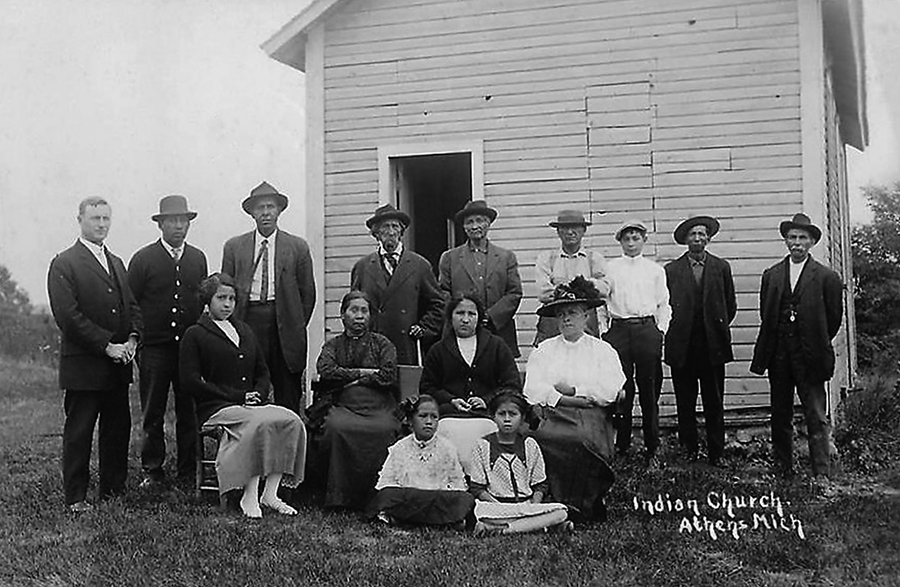
Figure 41. Group Posing at Athens Indian Mission Church, ca. 1915. Reprinted from “Nottawaseppi Huron Band of the Potawatomi: A People in Progress,” by J. Rodwan & V. Anewishki, 2009, p. 24.
Between 1904 and World War I, many families who had purchased land in the East Indiantown area sold the property. Most of the occupants lost their places on mortgages or sold them and moved back to the old reservation until Chief Phineas Pamptopee and his family were the only ones remaining (Rodwan & Anewishki, 2009, p. 25; Summary Under the Criteria and Evidence for Proposed Finding Huron Potawatomi, Inc., 1995, p. 329).
The settlement again became primarily focused on the original Pine Creek 120 acres; however, as late as 1923, an article in the “Enquirer & News,” published in Battle Creek, Michigan, mentioned not only the Pine Creek reservation but also the existence of a “New Indiantown, about two miles from the old settlement” (Summary Under the Criteria and Evidence for Proposed Finding Huron Potawatomi, Inc., 1995, p. 329)
The article described the Pine Creek Reservation and its cemetery, traditional fishing and trapping occupations, and basket making. It stated that “almost every week the women take quantities of [baskets] to Battle Creek, where they can readily dispose of them.” The article also described clothes hampers, dugout canoes on Pine Creek, and mentioned that “conversation among [the residents] is carried on entirely in their native tongue” (Summary Under the Criteria and Evidence for Proposed Finding Huron Potawatomi, Inc., 1995, p. 329).
The article also discussed the Indians’ complaint that they were being prevented from participating in treaty-reserved rights to hunt wild game without hindrance. This became a long-term grievance of the Pine Creek residents (Summary Under the Criteria and Evidence for Proposed Finding Huron Potawatomi, Inc., 1995, p. 329).
References:
Rodwan, J., & Anewishki, V. (2009). Nottawaseppi Huron Band of the Potawatomi: A People in Progress. Nottawaseppi Huron Band of the Potawatomi Environmental Department.
Summary Under the Criteria and Evidence for Proposed Finding Huron Potawatomi, Inc. (1995). United States Department of the Interior Bureau of Indian Affairs Branch of Acknowledgement and Research. https://www.bia.gov/sites/bia.gov/files/assets/as-ia/ofa/petition/009_hurpot_MI/009_pf.pdf